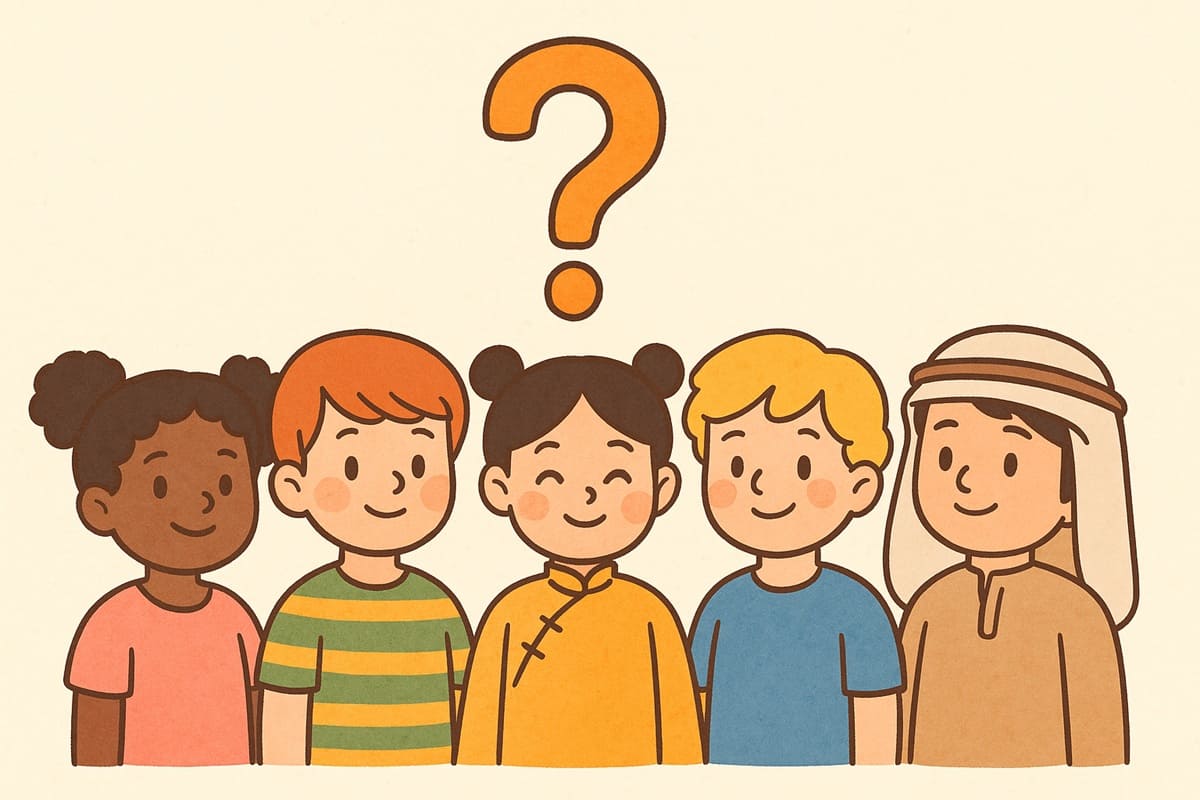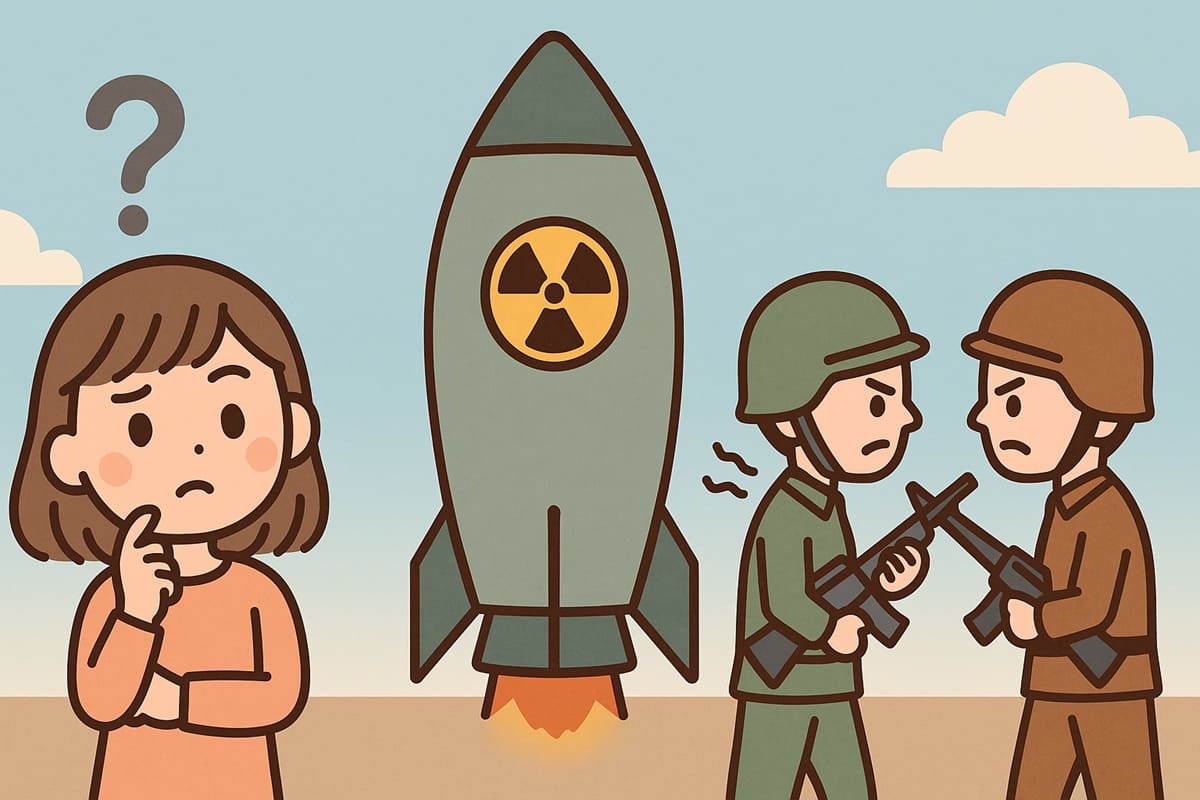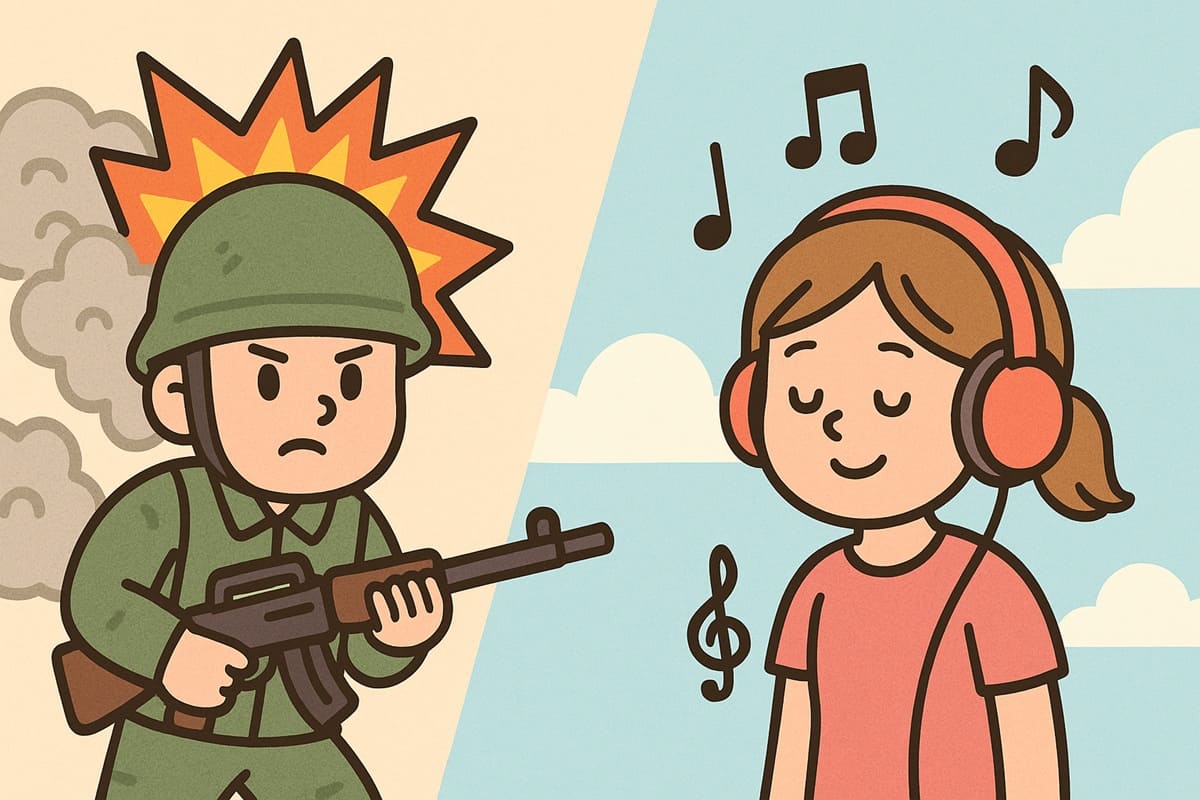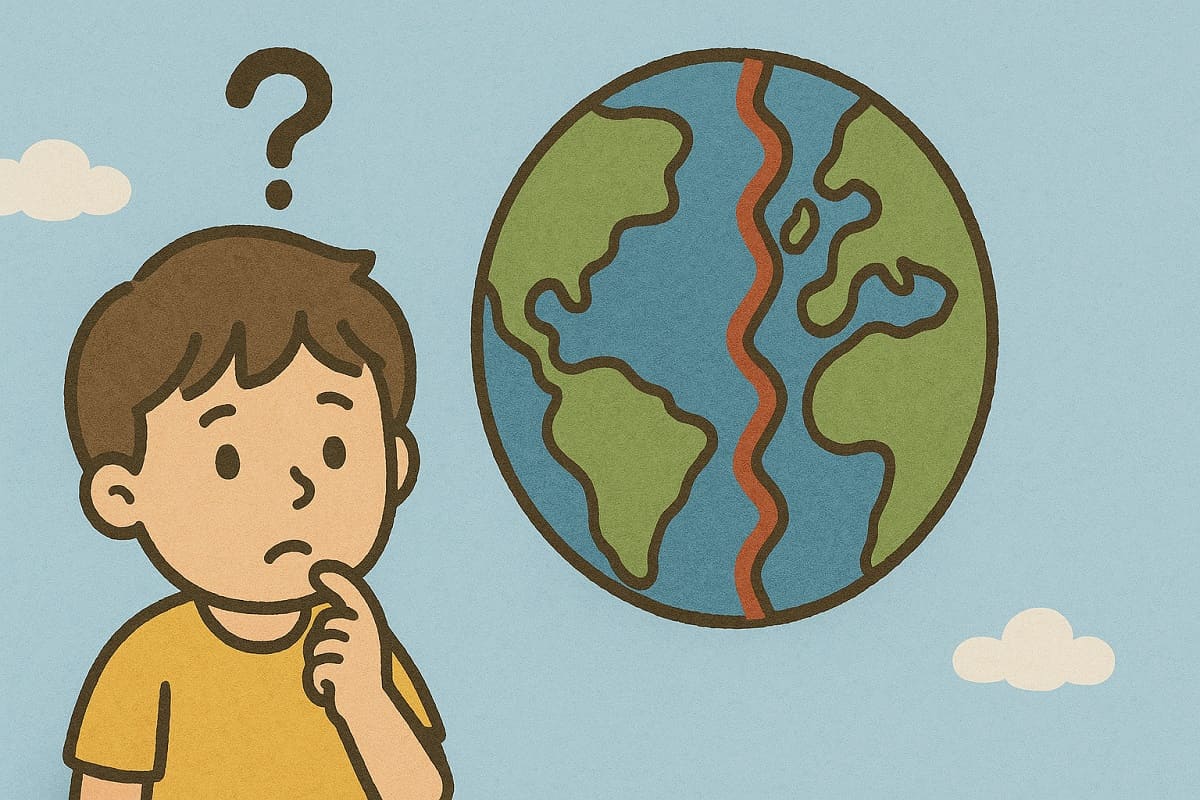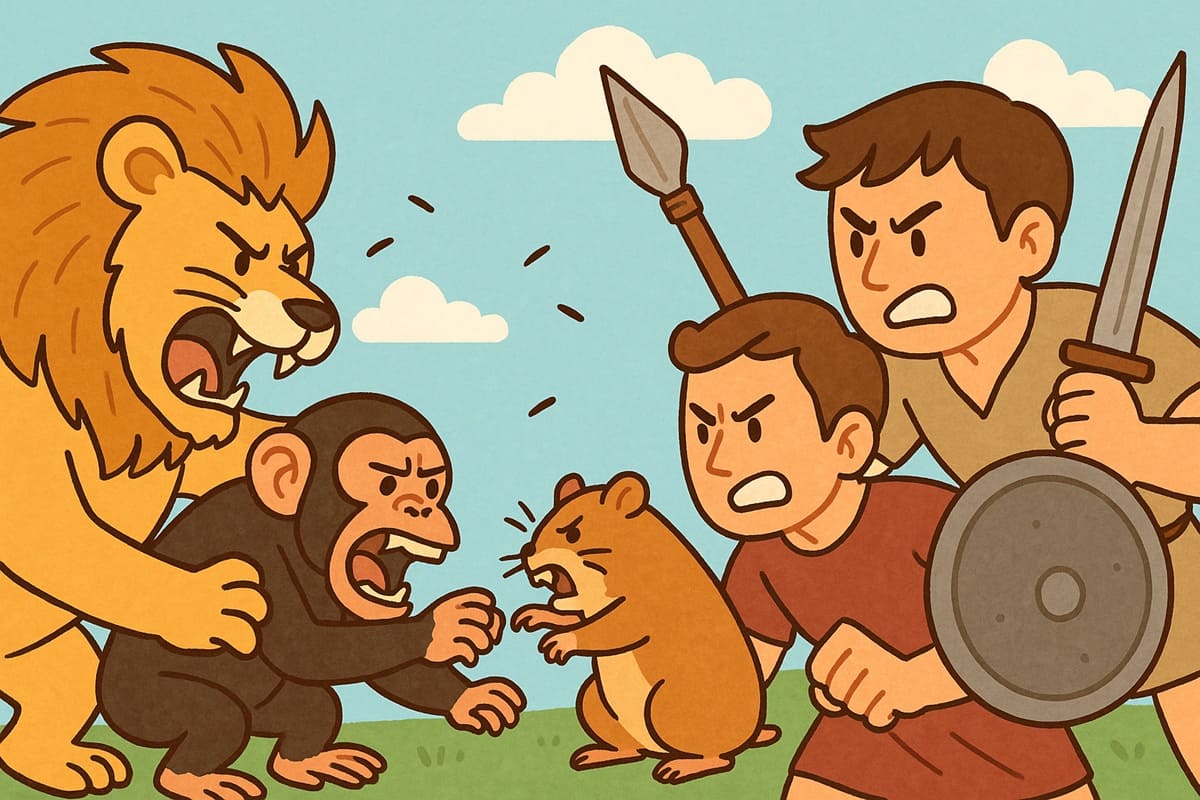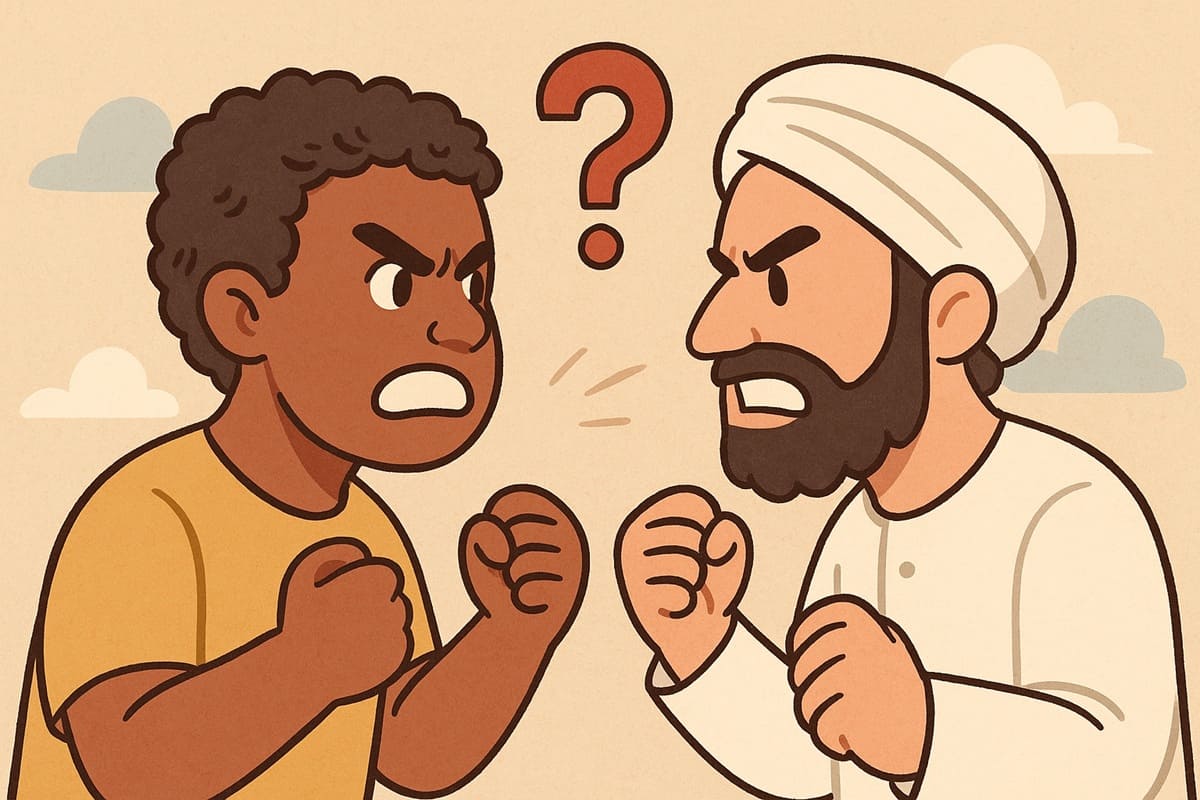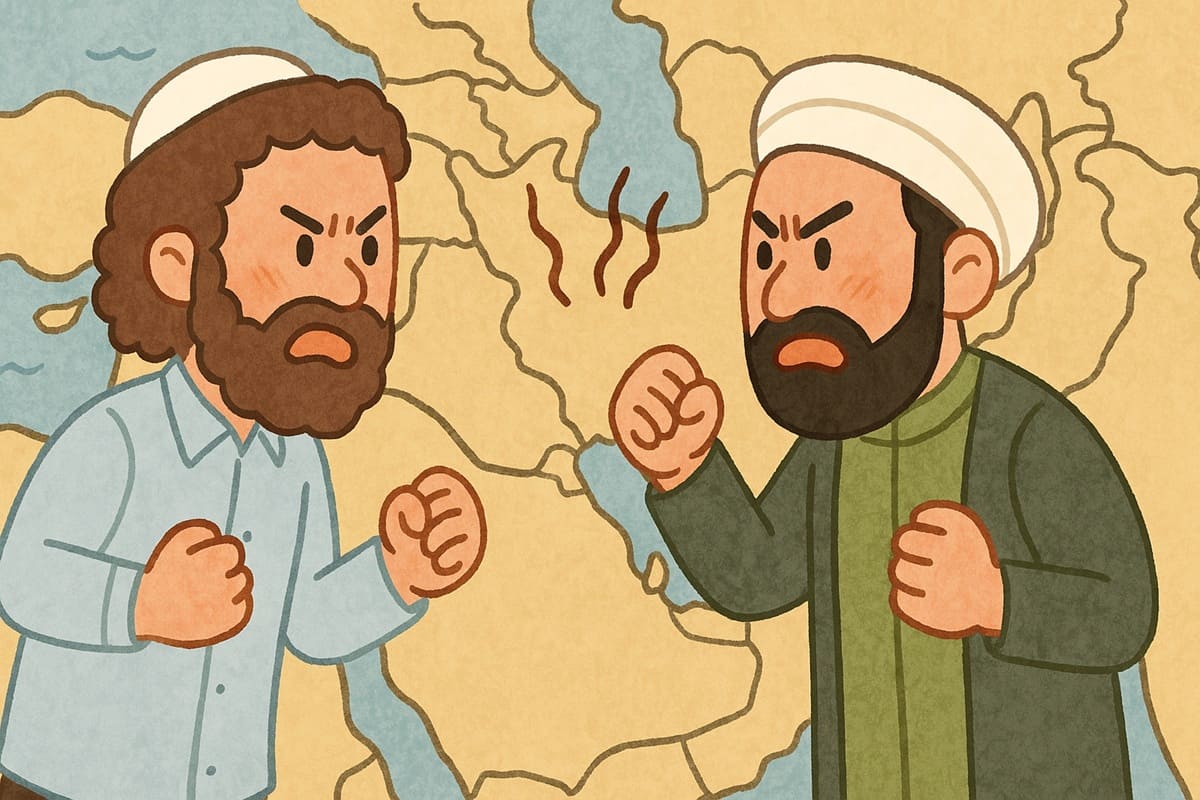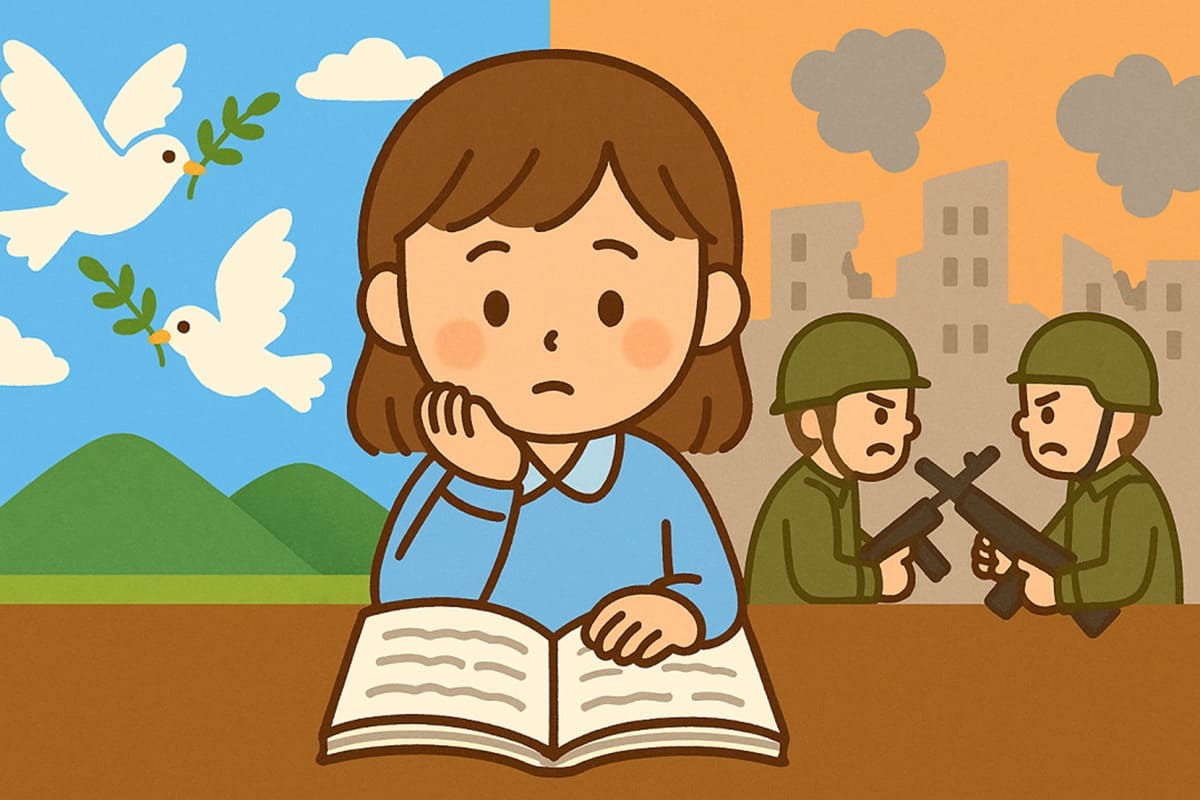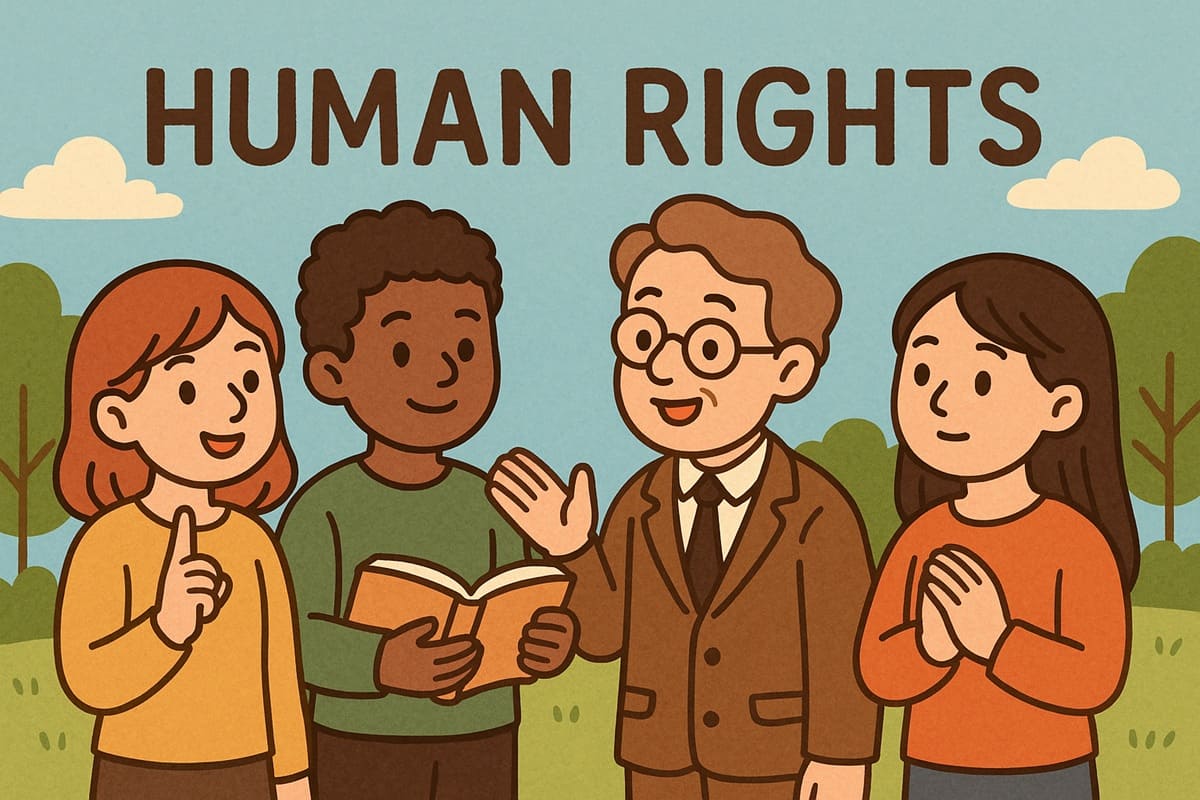Why Do People Fight? Understanding the Many Causes of Conflict
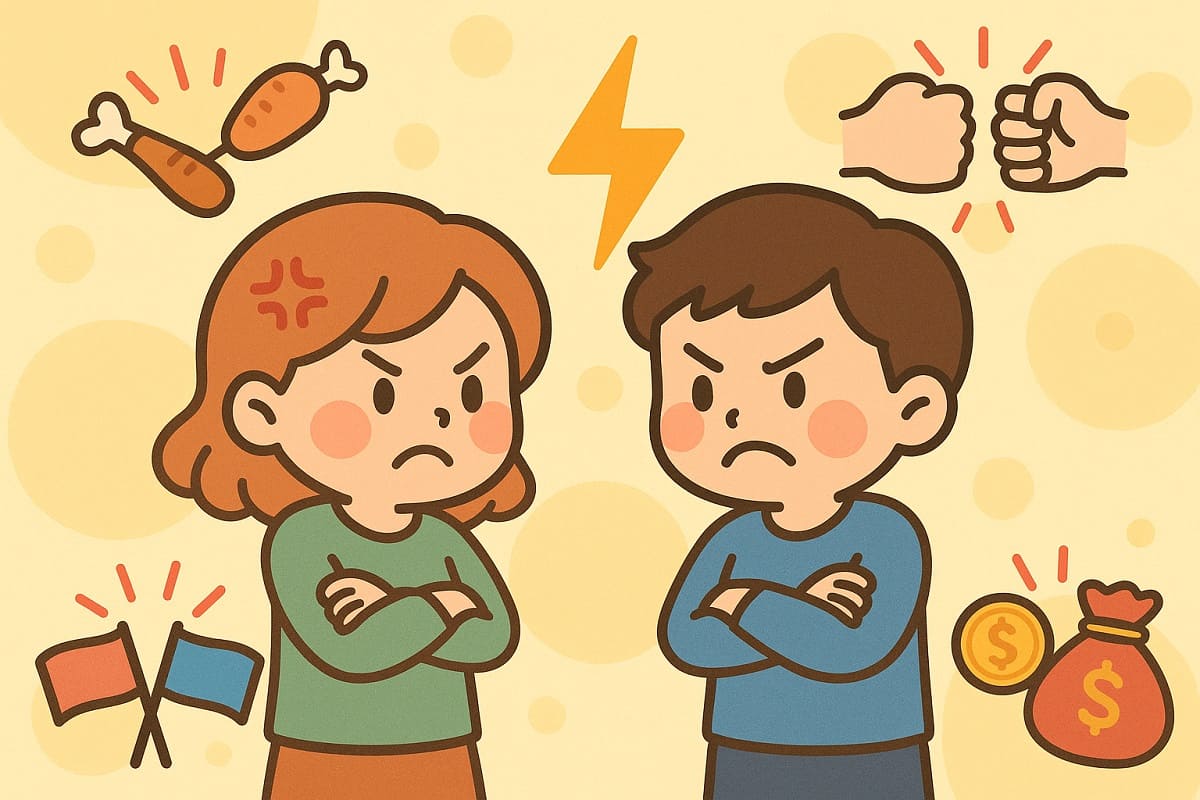
Why do people fight?
Looking back at history, humanity seems to have been caught in a constant cycle of war, conflict, and confrontation. Even today, the news reports conflicts taking place all over the world. But what drives people to fight in the first place?
In this article, we’ll explore the reasons behind human conflict from the perspectives of biology, psychology, sociology, and history.
Instinctive Conflict — Fighting for Survival
Humans are animals, and like all animals, we need food, water, and mating partners to survive and pass on our genes. This fundamental biological drive has led to competition—and thus conflict—since prehistoric times.
Like other animals that fiercely protect their territory, humans also tend to cling to things they perceive as “theirs.” The struggle over resources is one of the most basic and enduring forms of conflict.
Evolutionary psychologists have proposed the “male warrior hypothesis,” which suggests that men evolved to fight to protect their group’s interests—especially territory and mates. This is similar to territorial battles seen among primates like chimpanzees.
Invisible Conflict — Differences in Beliefs and Ideologies
Humans possess the unique ability to think abstractly. As a result, we form belief systems—religions, political ideologies, national identities—that help us bond with others, but can also become sources of division and hostility.
Religious wars and ideological conflicts (such as capitalism vs. communism) are not merely battles over physical resources—they’re about “rightness” and “faith.” American political scientist Samuel Huntington famously referred to this as the “Clash of Civilizations.”
Beliefs can be dangerous when they justify violence. People who believe “we are right” may feel morally entitled to use force against those who are “wrong.”
Tangible Conflict — Land, Wealth, and Power
Many conflicts arise over tangible things: land, natural resources, wealth, and political power. These are the kinds of disputes that have plagued humanity since the dawn of civilization.
Modern border disputes, trade wars, and conflicts over oil or rare minerals are all extensions of these age-old patterns. In the colonial era, competition over resources and labor was often justified by imperial ideologies.
In Sierra Leone, diamonds funded a brutal civil war. In Colombia, drug money became a major driver of internal conflict. When greed and desire for control take hold, conflicts become more intense and harder to resolve.
Emotional Conflict — Jealousy, Anger, and Fear
Emotions are another major source of conflict. Jealousy, anger, hatred, fear—when these feelings run out of control, they can lead to violence and crime.
Domestic violence stemming from romantic jealousy, bullying rooted in envy of success—these are all too common. Psychologists describe “relative deprivation,” the feeling that others are better off, as a powerful trigger for anger and social unrest.
In cultures that place high value on honor or reputation, revenge for insults can lead to a cycle of retaliation across generations. Emotional conflict, once ignited, can escalate quickly and spread beyond the original parties involved.
How Human Evolution Has Changed the Nature of Conflict
In the hunter-gatherer era, most conflict revolved around survival—access to food, water, and reproductive partners. But as agriculture, population, and wealth increased, so did the scale and complexity of conflict.
As organized religion developed, hostility toward “infidels” emerged. From the modern era onward, nationalism and political ideologies (democracy, communism, etc.) became major causes of war.
The World Wars and the Cold War were large-scale conflicts shaped by competing ideologies and economic ambition. Yet during this same period, humanity also created frameworks to preserve peace—such as the United Nations and the Universal Declaration of Human Rights.
What Can We Do to Reduce Conflict?
Because the causes of conflict are complex and varied, solutions must come from multiple angles:
Addressing Resource and Economic Disputes
- Ensure stable access to food and water.
- Use international courts to resolve disputes over ownership.
- Build economic interdependence to discourage war (e.g., the European Union).
Addressing Ideological and Cultural Conflicts
- Promote dialogue and education to foster mutual understanding (“contact hypothesis”).
- Encourage interfaith and intercultural exchange, and teach inclusive history.
- Guarantee political participation and human rights for all.
Addressing Territorial and Strategic Disputes
- Use third-party mediation (e.g., the Camp David Accords between Egypt and Israel).
- Develop systems for joint resource management.
- Regulate trade in conflict-related resources (e.g., conflict diamonds).
Addressing Emotional Triggers
- Offer counseling and anger management.
- Teach emotional literacy, empathy, and self-control.
- Implement reconciliation processes (e.g., South Africa’s Truth and Reconciliation Commission).
Building Peaceful Social Structures
- Promote peace education.
- Embrace diversity and inclusion.
- Strengthen collective security and arms control agreements.
- Collaborate internationally on global issues (e.g., climate change through the Paris Agreement).
Conclusion: Understanding Conflict Is the First Step Toward Peace
It may be difficult to eliminate conflict completely. But by understanding its causes, we can avoid unnecessary confrontations and resolve disputes through dialogue and cooperation.
In social psychologist Muzafer Sherif’s “Robbers Cave Experiment,” groups of boys who had been in conflict overcame their rivalry when given a common goal. Similarly, when humanity faces shared threats like climate change or pandemics, cooperation becomes possible—even among long-standing rivals.
Humans possess both the instinct to fight and the capacity to reason, empathize, and collaborate. Learning “why we fight” is not just academic—it’s the first step toward building a better, more peaceful future.
Main References
- Allport, G. W. (1954). The Nature of Prejudice. Addison-Wesley Publishing Company.
- Buss, D. M. (2000). The Dangerous Passion: Why Jealousy Is as Necessary as Love and Sex. Free Press.
- Collier, P., et al. (2004). Greed and Grievance in Civil War. Oxford Economic Papers, 56(4), 563–595.
- Huntington, S. P. (1993). The Clash of Civilizations? Foreign Affairs, 72(3), 22-49.
- Sherif, M., et al. (1961). Intergroup Conflict and Cooperation: The Robbers Cave Experiment. Norman, OK: University of Oklahoma Book Exchange.
